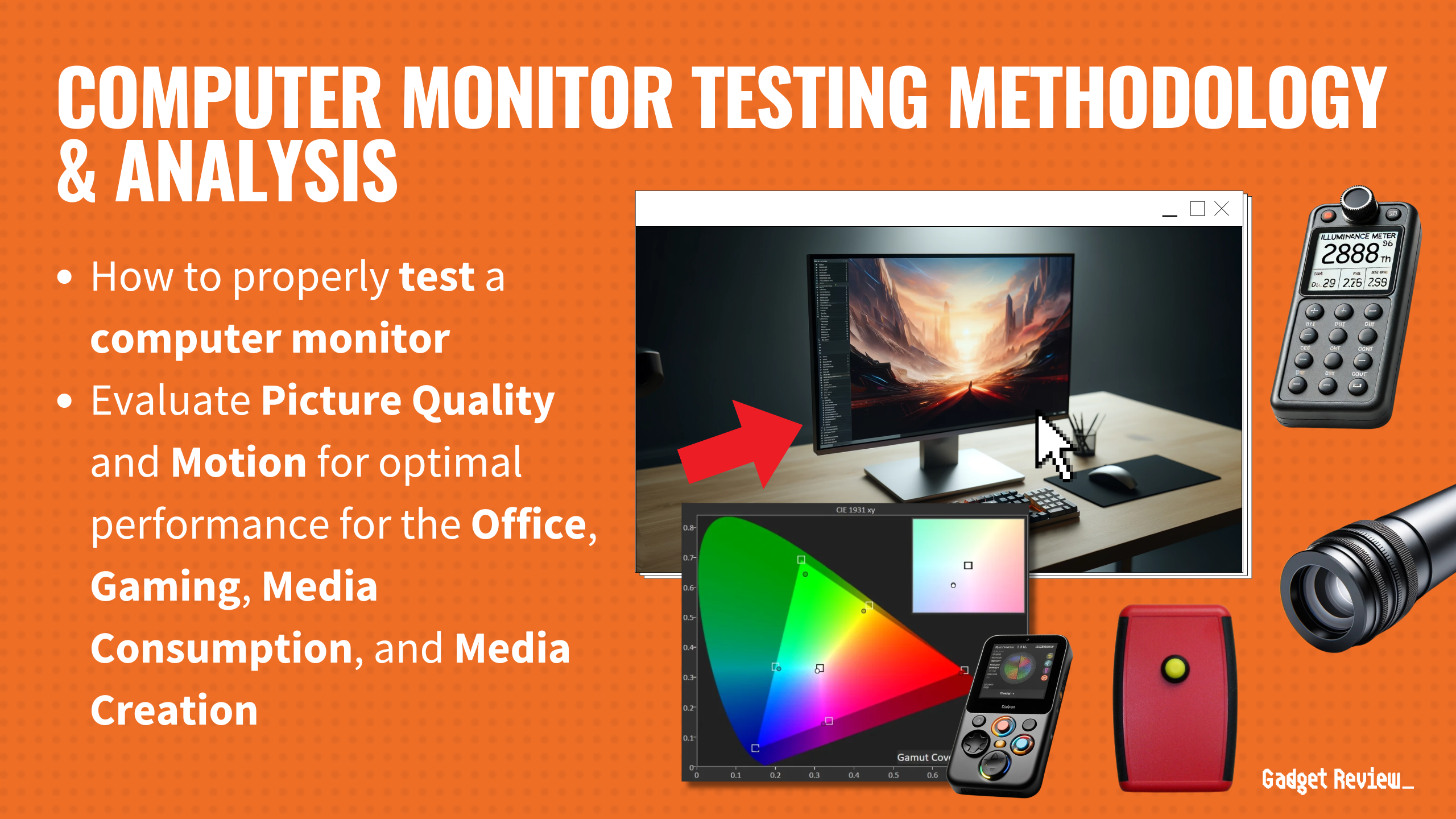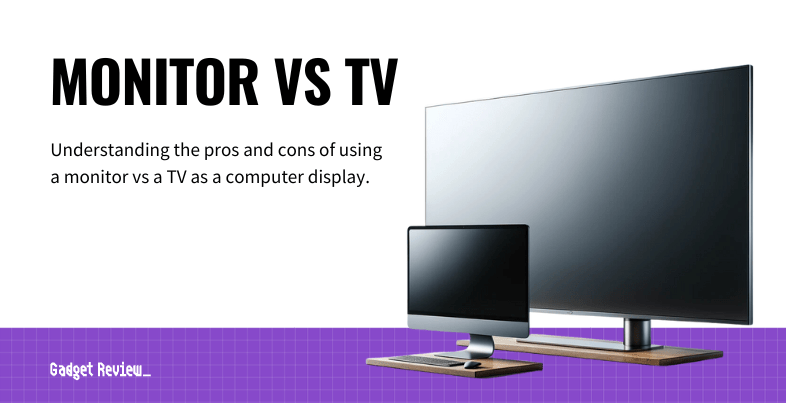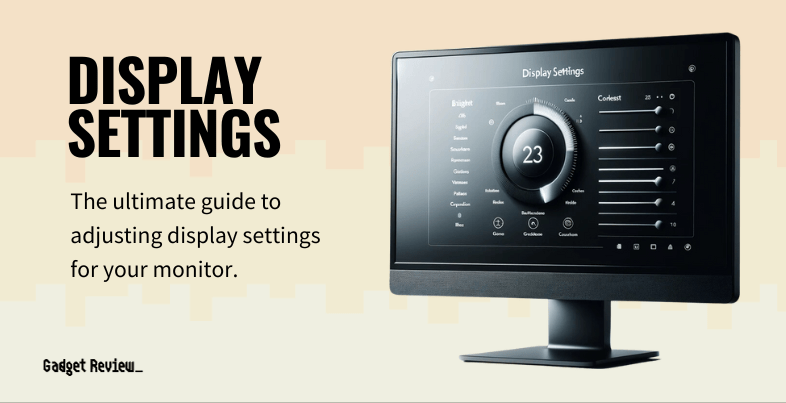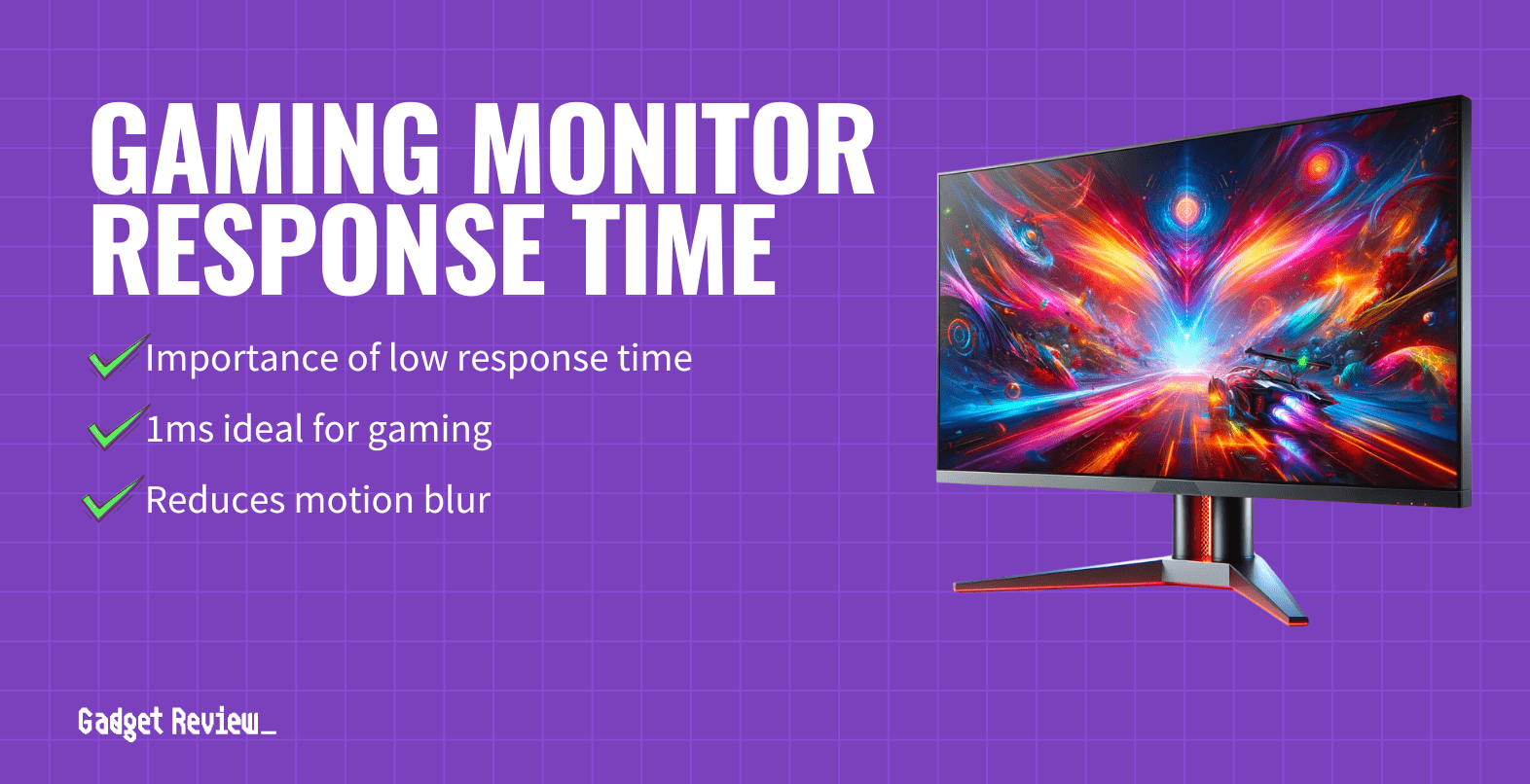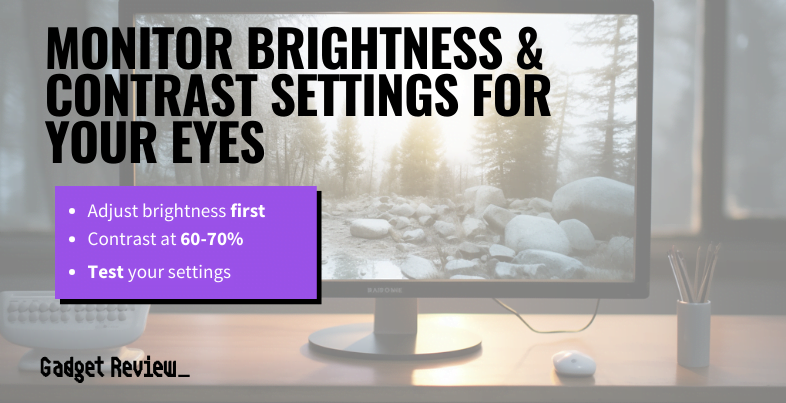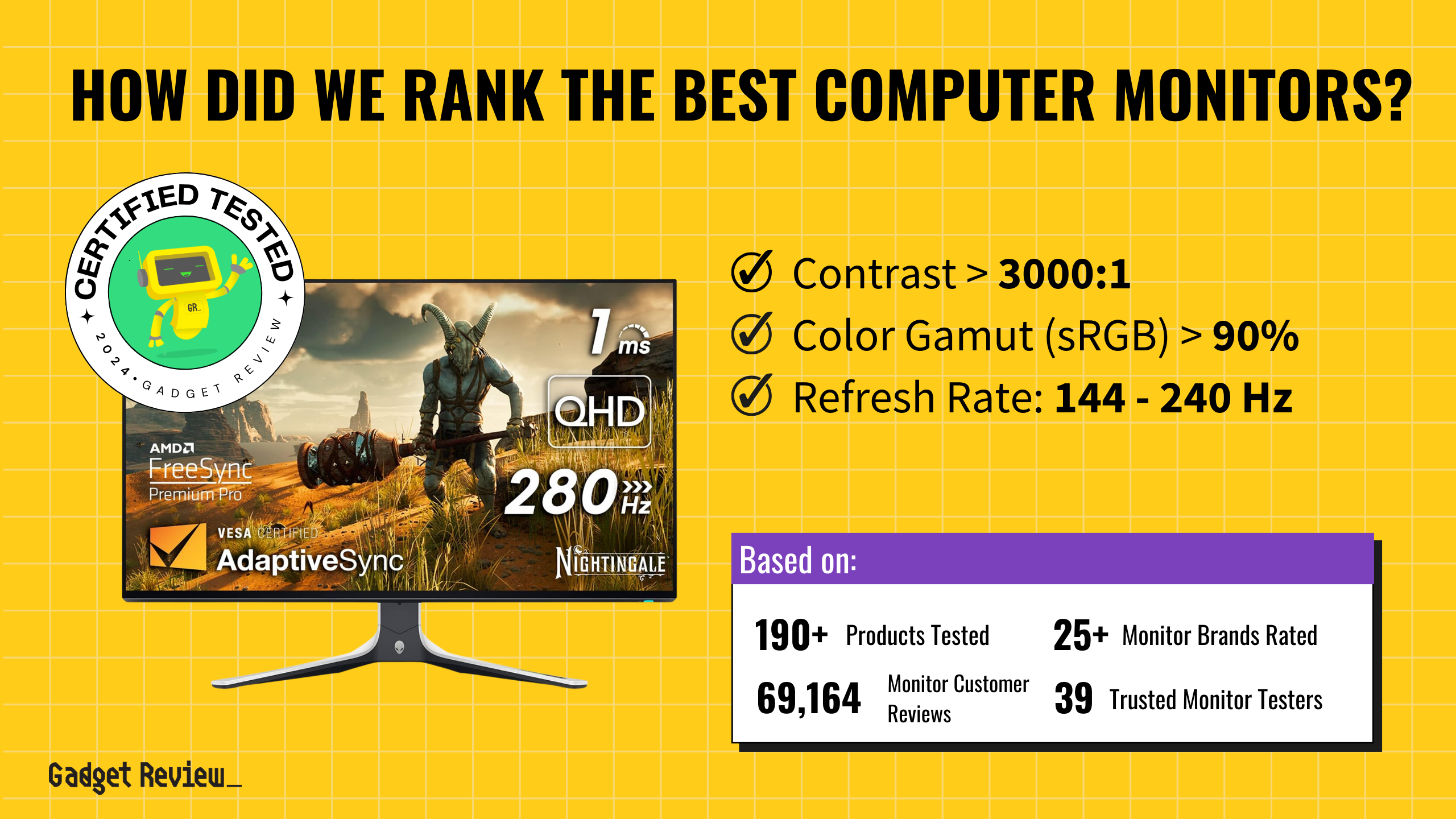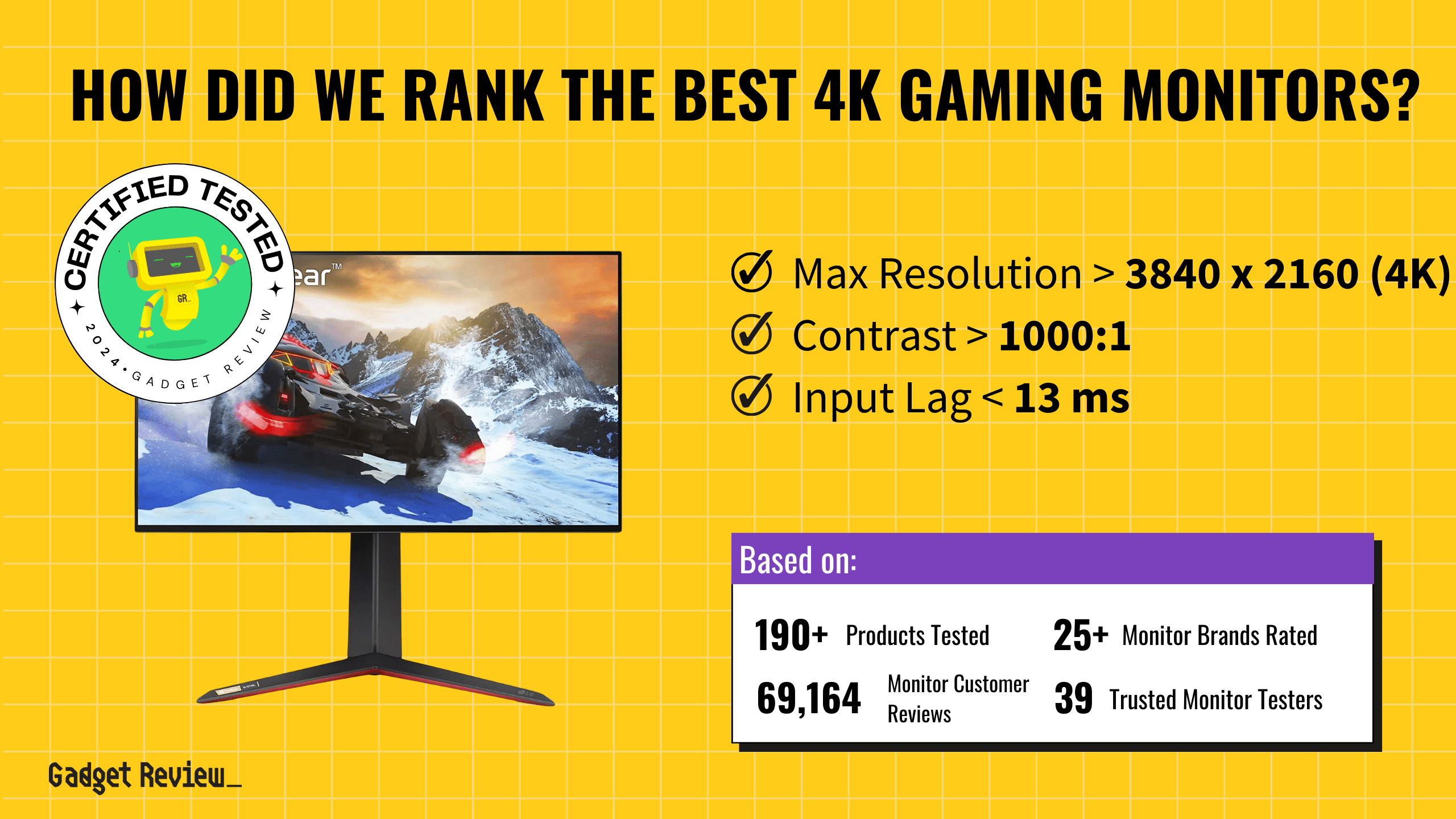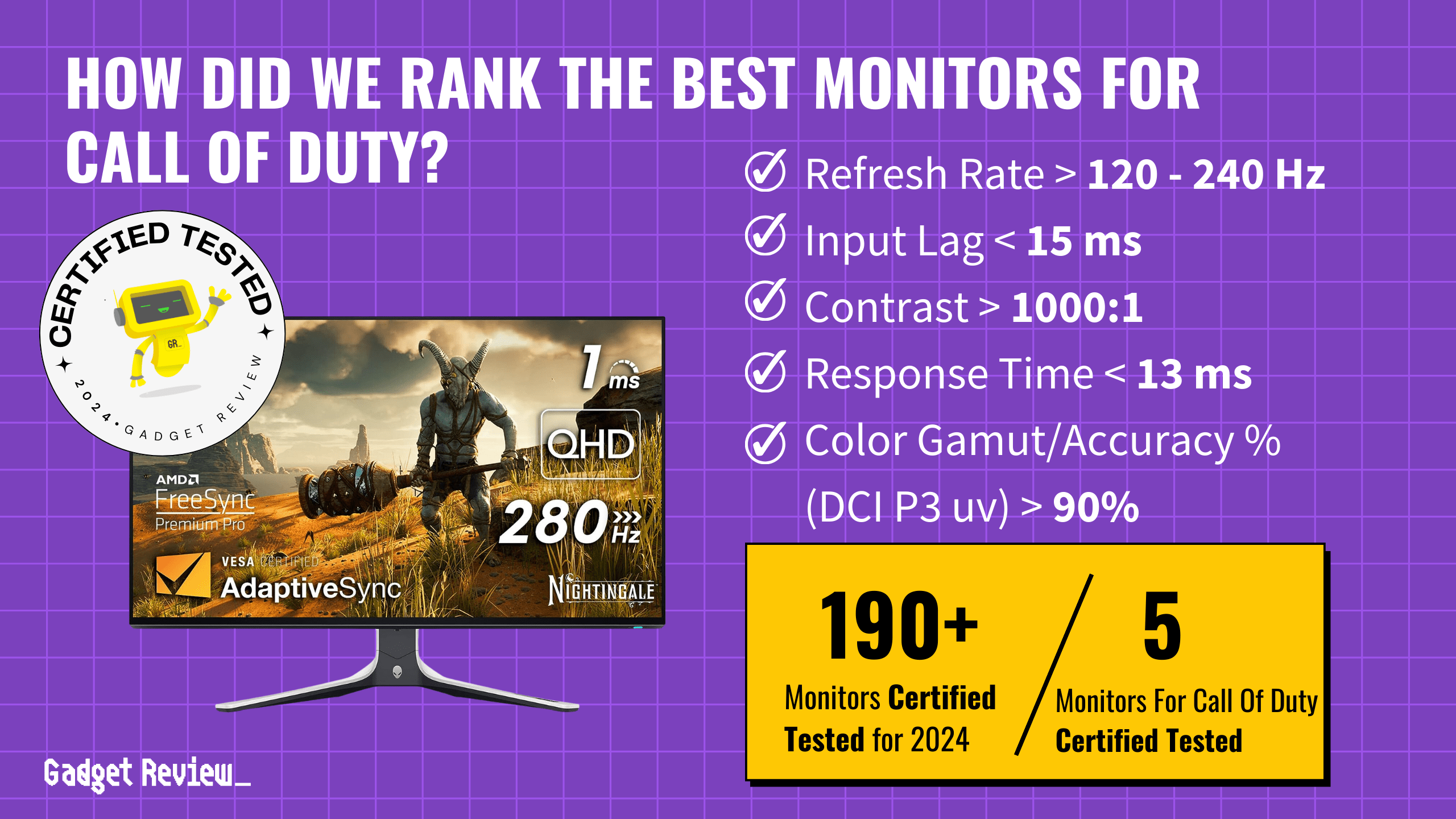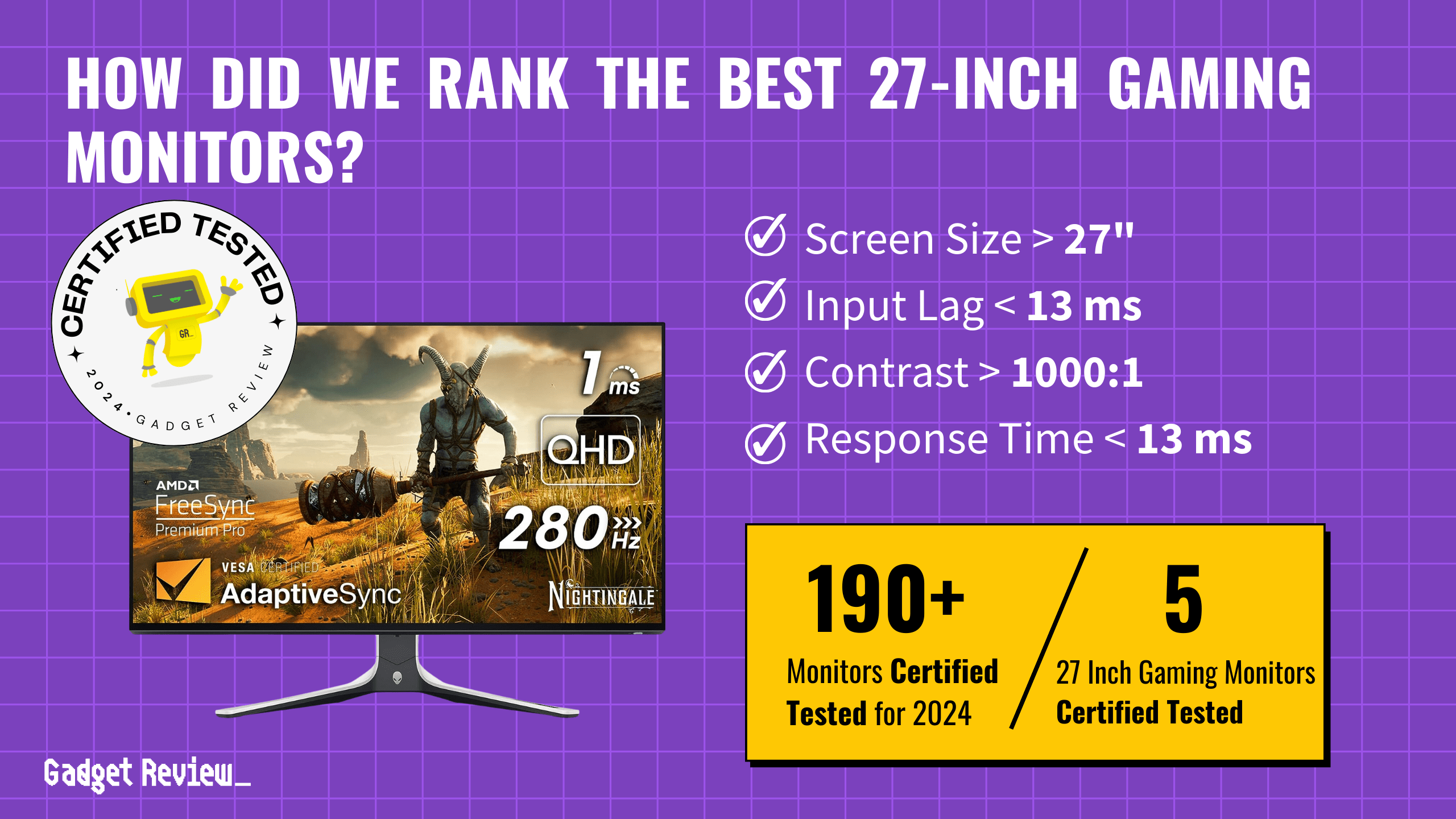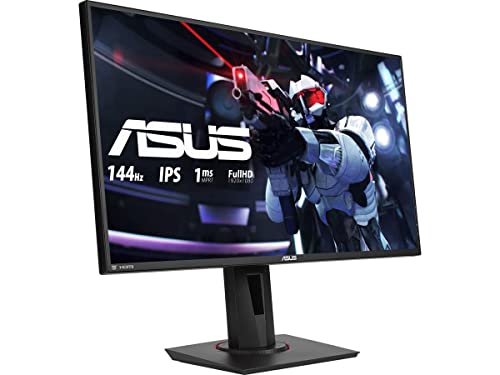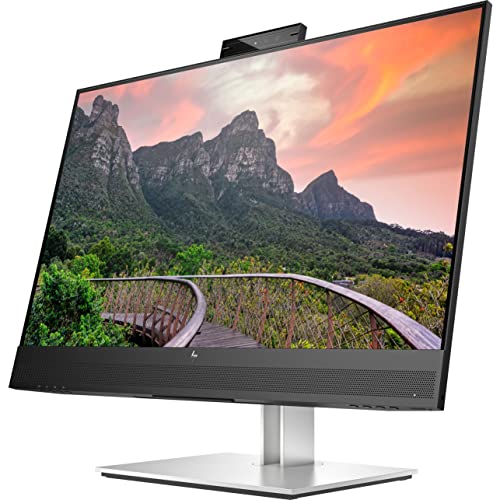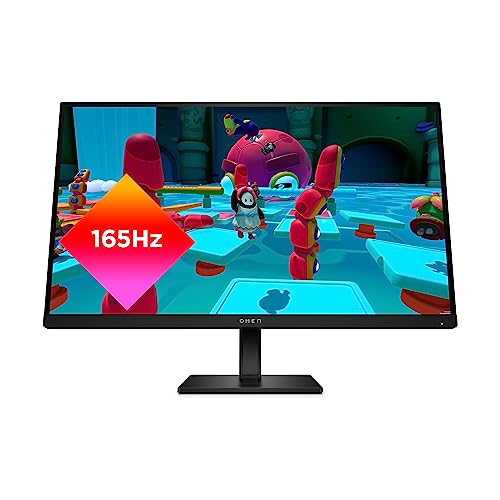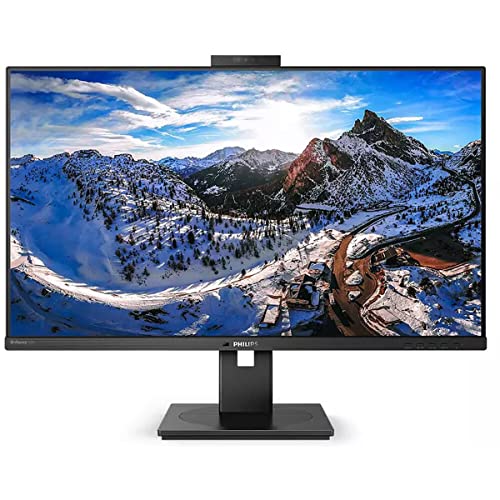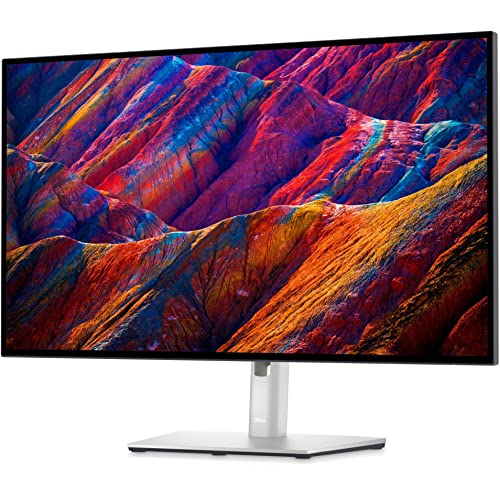
out of
Computer Monitors
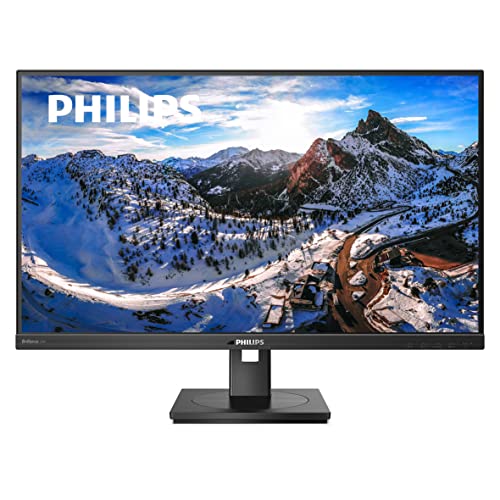
Philips 279P1 Review
→
Published
True Score
True Score is an AI-powered algorithm of product tests and customer reviews.
Mixed Reviews

Experts
Consumers
Expert Rankings
(
)
The Philips 279P1 is a superb mid-range 4K monitor that’s got a fast response time, low input lag, and wide viewing angles. But be aware of its low native contrast ratio and lackluster black levels.

We’re reader-supported. Commissions finance our mission. Our ‘True Score‘ system independently powers ratings. Learn more
Product Snapshot
Overview
The Philips 279P1 is a great Philips monitor in a 4K, mid-range unit released in January 2021. Unlike the older Philips 276E9QJAB, it boasts a UHD IPS panel that promises to deliver better viewing angles, color accuracy, and better response time compared to VA monitors. On top of that, its extensive USB hub works exceptionally well with most modern laptops and doubles as a laptop docking station for desktop usage. It also touts a built-in people sensor that automatically dims the display when no one is around to look at the screen to save power. As a result, it is well-positioned for budget-conscious buyers looking for an affordable 4K monitor for productivity purposes and office work. To discover what reviewers had to say about it, keep reading our Philips 279P1 review until the end. And don’t forget to take a look at the highest-rated computer monitors available on the market.
Consensus
our Verdict

The Philips 279P1 is a great mid-range 4K monitor that’s perfect for productivity and office tasks. It has a fast response time, low input lag, wide viewing angles, and a built-in people sensor. Plus, its extensive USB hub works well with most laptops that support DP ALT Mode. Just be aware of its low native contrast ratio and lackluster black levels.
ReasonS to Buy
- Native Ultra HD (3840p x 2160p resolution)
- Fast response time
- Excellent viewing angle performance
- Firmly built and adjustable stand
- Extensive USB hub with a USB type C port
- Flexible power management mode for easy docking
- Built-in people sensor
- Low input lag
- Sharp image quality with a high PPI number
Reason to Avoid
- Low native contrast ratio
- Lackluster black levels
- Lacks local dimming
- No VRR
- It doesn’t support AMD FreeSync or NVIDIA G-Sync
- Limited to only 60 Hz
- No support for VESA’s adaptive sync
- Lack of HDMI 2.1
Philips 279P1 Specs
| Display Type | LCD | |
| HDMI Inputs | 2 | |
| HDR Format | n/a | |
| Max Resolution | 3840 x 2160 (4k) | |
 | Panel Type | IPS |
| Refresh Rate | 60 Hz | |
 | Response Time | 4 ms |
| Screen size | 27" | |
 | Sync Technology | Adaptive Sync |
All Specs
Test Results
These are the most important criteria to test for Computer Monitors based on our comprehensive Testing Methodology.
| Brightness (nits) | 343.0667 |
| Contrast Ratio (as ratio x:1) | 994.7 |
| Color Gamut/Accuracy % (DCI P3 xy) | 92.7733 |
| Color Gamut/Accuracy % (DCI P3 uv) | 0 |
| Color Gamut % (sRGB Coverage xy) | 107.7 |
| Color Gamut % (Adobe RGB Coverage xy) | 85 |
| Color Gamut % (Rec. 2020 Coverage xy) | 0 |
| Color Gamut % (Rec. 709 Coverage xy) | 0 |
| Input Lag (ms) | 0 |
| Response Time (ms) | 4 |
| Horizontal Viewing Angle (Washout Left) | 0 |
| Horizontal Viewing Angle (Washout Right) | 0 |
| Vertical Viewing Angle (Washout Above) | 0 |
| Vertical Viewing Angle (Washout Below) | 0 |
| Reflections % (Total Reflections) | 0 |
All Tests

Can You Trust What You Read Online?
Fake reviews are taking over tech journalism—45% of sites are faking product tests. Don’t be misled.
Sign up now for exclusive access to Gadget Review’s bombshell investigation and uncover the truth about tech journalism.
Plus, stay ahead with our daily newsletter, packed with insights you can trust.
All Stores
Updated every 24 hours
- $279.99
Availability
In StockFree Shipping
Yes - $399.99
Availability
In StockFree Shipping
Score Card
E
Expert Score
*.75
We place a 75% weighted value on Expert Test Scores
C
Customer Score
*.25
We place a 25% weighted value on Customer Scores
True Score
Any product with a True Score above 80 is a Absolutely Fresh
Expert Scores
Publications with higher Trust Ratings are given more weight.
- 80The Philips Brilliance 279P1 is a middle-of-the-road monitor with solid build quality, good image quality… Read More
By:
Rob Shafer - 90Chock-full of features and shining with solid brightness and color coverage, the Philips Brilliance 279P1… Read More
By:
Tony Hoffman - 92The Philips 279P1 is one of the best value 4K monitors with a USB-C input… Read More
By:
Mike Williams
Customer Scores
Learn More About Computer Monitors
Computer Monitor Buying Guides_
Latest DEALS_
-
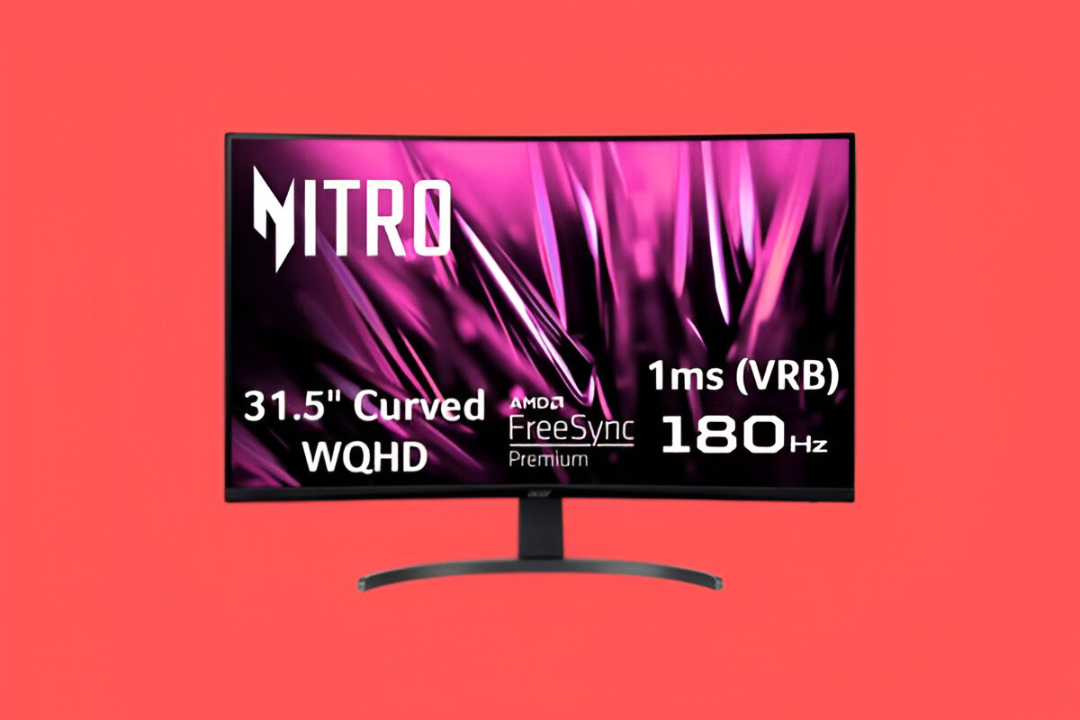
This Acer Nitro 31.5″ Curved Gaming Monitor Is $260 Off, and Brings a 180Hz Refresh Rate for Under $200
·
-

This Samsung Odyssey OLED G8 Gaming Monitor Is $400 Off, and Delivers 4K OLED Visuals With a 240Hz Refresh Rate
·
-
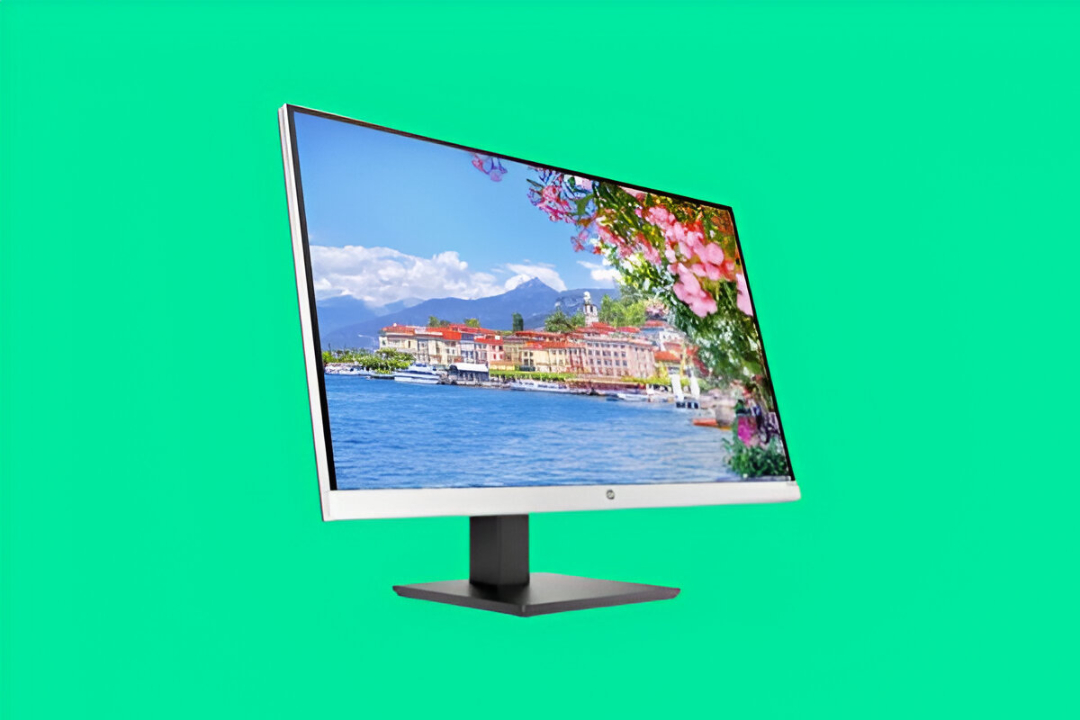
This HP 27-inch QHD Monitor Is $130 Off, and Comes with Adjustable Height for Just $239.99
·
-
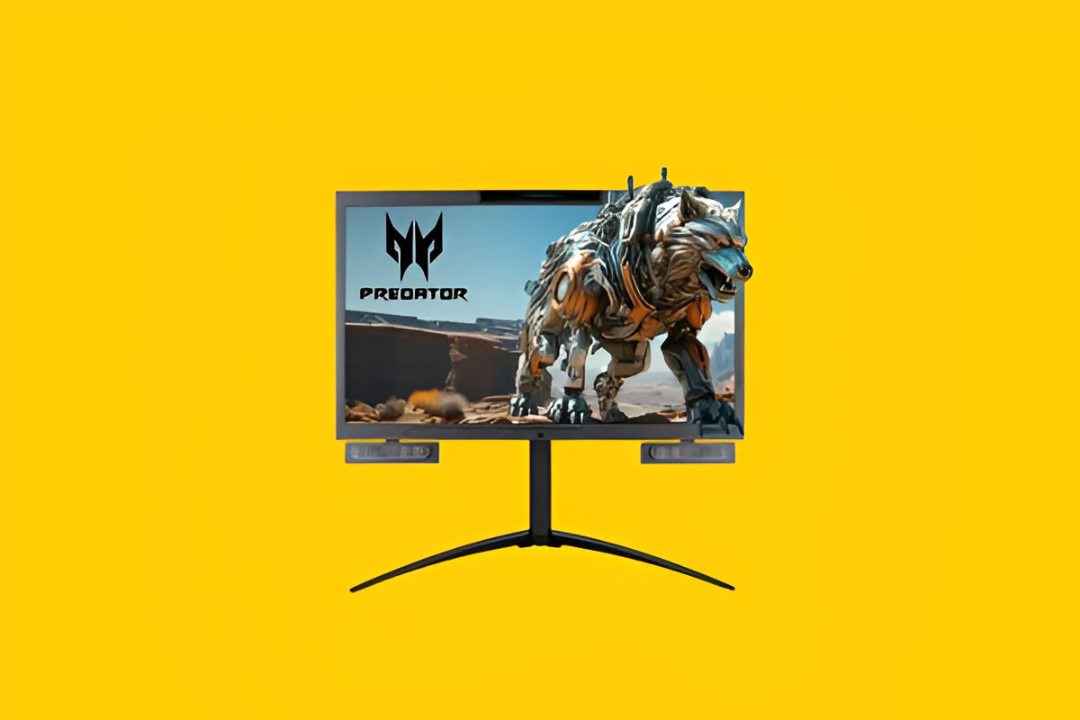
Acer Predator SpatialLabs View 27″ 3D 4K Gaming Monitor Is $200 Off — Glasses-Free 3D at Home
·
-
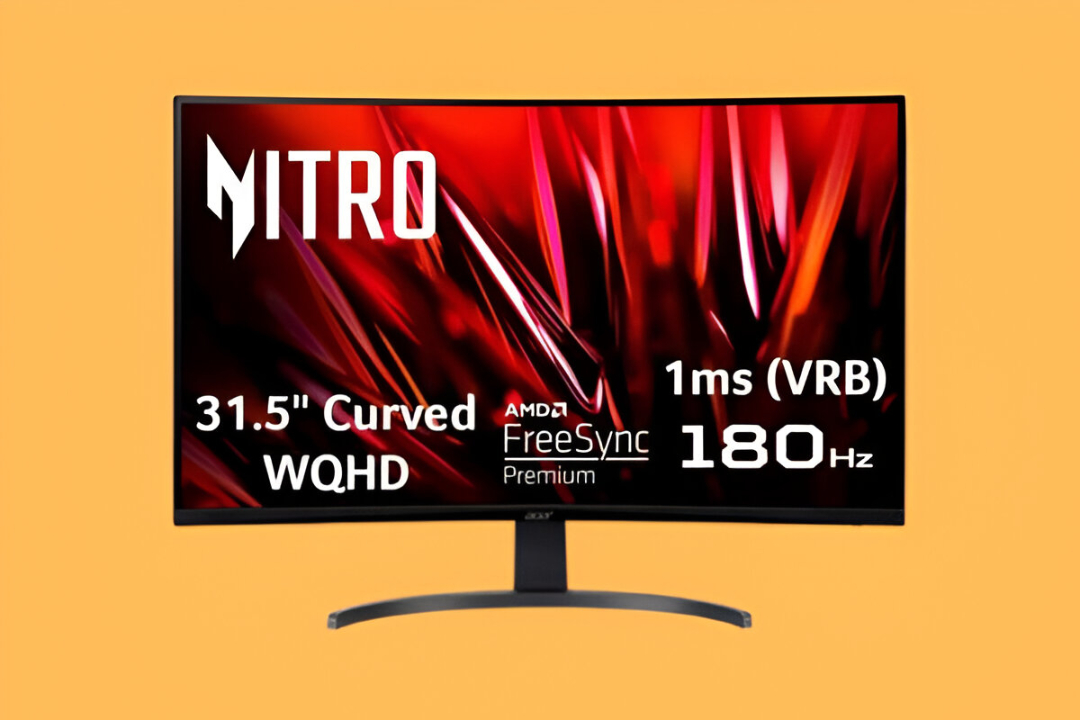
This 31.5″ Acer Nitro Curved WQHD Gaming Monitor Is $260 Off, Now Just $199.99
·





